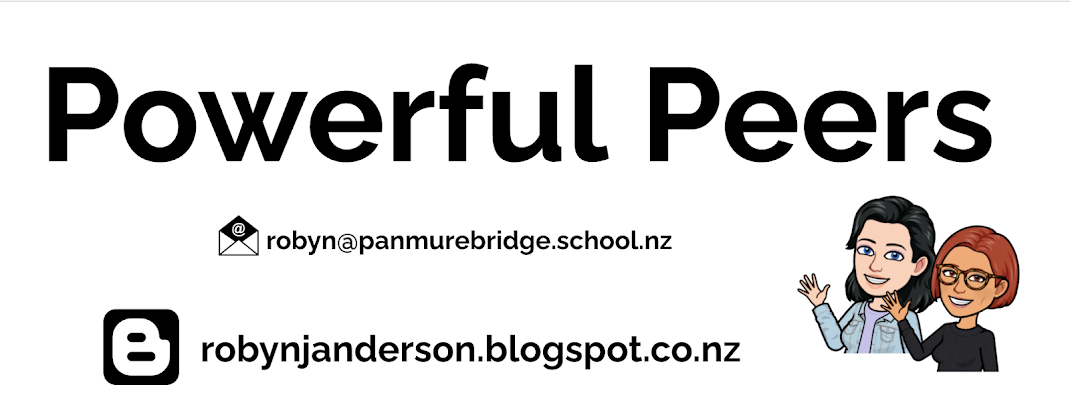To explore this I compared the planned Create opportunities across our kura between Terms 2 and 4 by analysing teacher planning, staff feedback, class sites and student blogs. I wanted to see not just what was planned, but what was actually happening in classrooms.
Early observations showed very quickly that our junior team already excels in hands-on, collaborative creativity. This insight prompted me to shift my focus to the senior team. However, it soon became clear to me that no one needed added pressure from me when they were implementing new learning for the first time. So I decided to refine my focus to my own Year 7 and 8 classroom, where I could explore creative practice with our most confident readers.
In my classroom, the introduction of AI tools such as Gemini Gems, alongside our established follow-up challenges, enabled students to build on prior knowledge and engage in richer, more independent learning conversations.
By narrowing my focus or, as I like to call it, “taking a selfie”, I was able to demonstrate that maintaining a creative emphasis within a structured curriculum is not only possible, but highly effective.
The findings were encouraging and I was able to see that Create oportunites are firmly embedded at PBS without explicit intervention from me. They just needed to be viewed in an alternative way.
The greatest challenge throughout this process has been adapting to the various course changes my inquiry has taken. My journey has reminded me that Create must be purposeful and engaging. It is not an optional add-on; it is a vital vehicle through which students construct, represent, and deepen their understanding.
I will move into 2026 recognising that:
Create extends beyond digital tools; hands-on, collaborative approaches are equally powerful.
And finally, student agency drives academic rigour; when learners have creative choice - engagement and independence increase, because this is when learning becomes truly transformative.



No comments:
Post a Comment